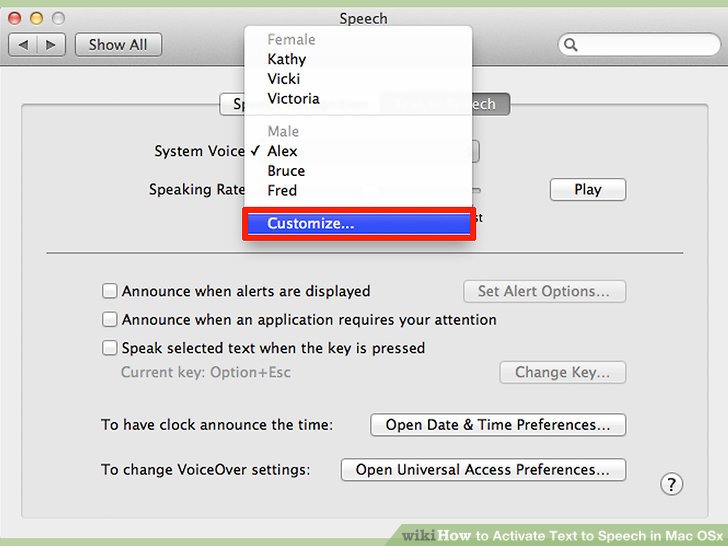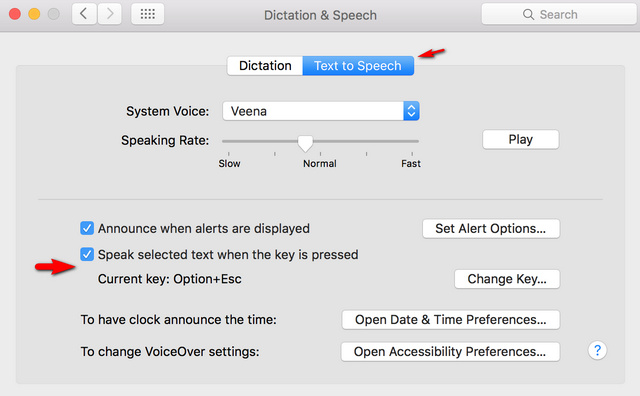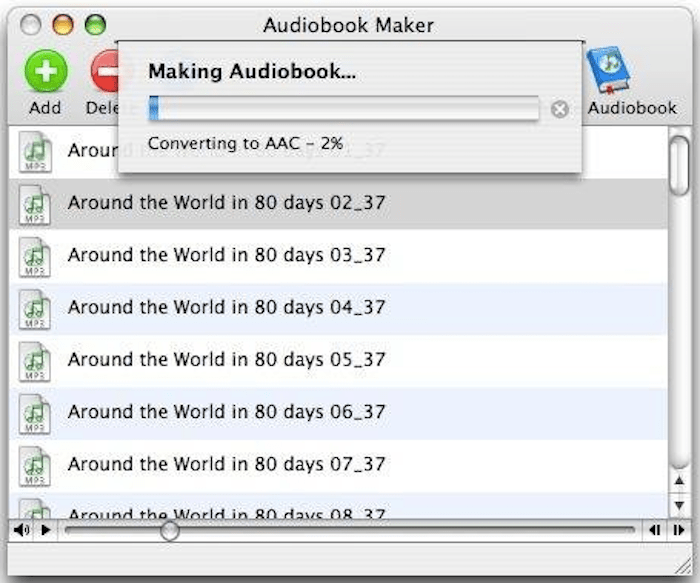


When OS X 10.5 Leopard was released back in 2007, Apple included some new high-fidelity text-to-speech capabilities. Hang on, I will soon show you how to access these retro voices for yourself under OS X. Vestiges of early artificial-sounding voices are still present today as novelties for some light-hearted, geeky entertainment – or for some nostalgic reminiscing. I even recorded an outgoing message for my telephone answering machine using the robotic voice of MacinTalk. We would remark, "This is something from the future." It was a great time to be alive! The synthesized Mac voices were used to entertain many a Mac aficionado at user group meetings across the world. Nevertheless, back then, any "talking" computer was jaw-droppingly awe-inspiring. The Talking Moose provided many Mac old-timers with hours of silly, mindless fun It sure is great to get out of that bag.” Old-timers will fondly recall the excitement of having a Talking Moose living in our system! And, who can forget young Steve Jobs introducing the new Macintosh on-stage in 1984? Using software called MacinTalk, it announced itself to the world by saying, “Hello.

The quality of digital speech has always been directly related to the raw processing power of the computer.Įven during the Mac’s very early days in the mid-eighties, its operating system was outfitted with synthetic speech capabilities, albeit quite robotic and crude by today's standards. One of the Mac technologies that has seen big improvements-and the topic for today-is its synthetic speech capabilities. I wonder if young and otherwise new users to our platform even know that their beloved Mac was originally called Macintosh? As far as I can tell, Apple now only uses the word "Macintosh" in naming the default drive on a Mac. By the way, changes include the Mac’s name. There have been many changes during the Mac's evolution.

That's pretty old in terms of technology in general and personal computing in particular. Apple's Mac has been around for over thirty years now.


 0 kommentar(er)
0 kommentar(er)
